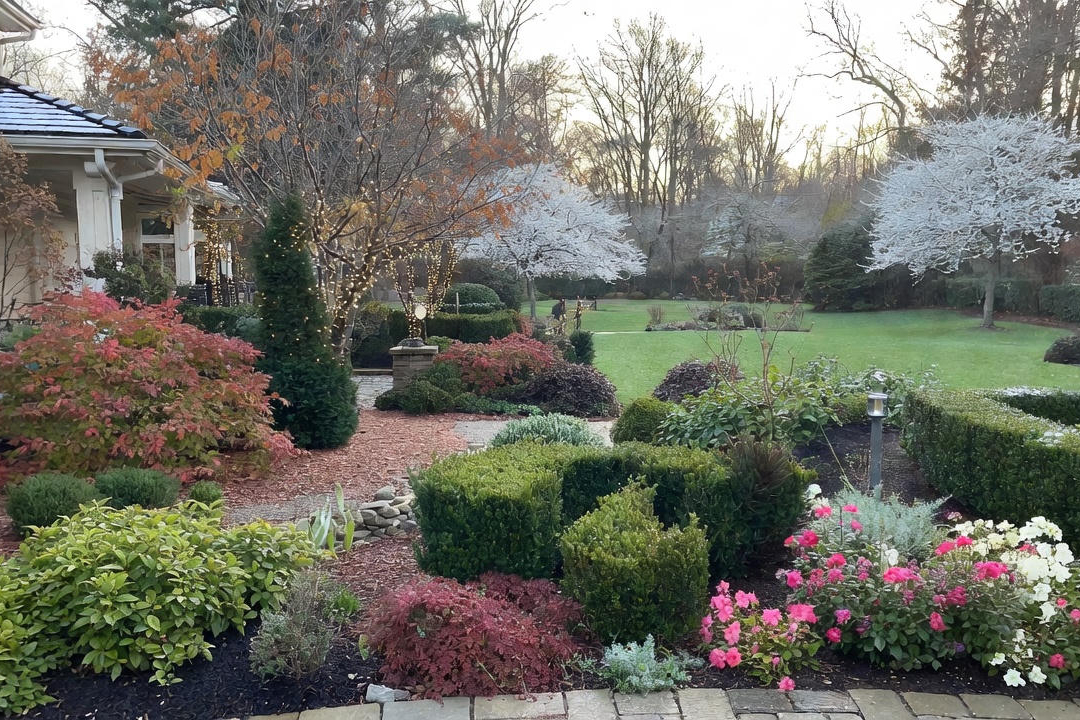
The growing season is over and it’s time to clean up your vegetable garden for winter. The things you do now can help provide healthier, easier ways to plant gardens the following year.
- Remove any plants, stalks and any leaf debris from any plants that had fungus, insect or disease issues. This includes most tomatoes (late season blight, blossom end rot), squash (powdery mildew, squash vine borer) and cucumbers. Throw away or burn this plant material (do not compost) so it doesn’t contribute to next year’s crops.
- Leave healthy plant material to break down over winter and improve the soil, especially plants with deep roots that break up the soil, like corn, sunflowers and root vegetables. This can be worked into the soil and raked out in spring.
- Put away tomato cages, bean teepees and other support systems.
- Put all hoses, hose fittings and garden tools away.
- Plan crop rotation for the next growing season. Heavy feeders like tomatoes should be swapped out with light feeders, like beans, to help keep pests and pathogens to the lowest possible numbers.
- Extend the growing season to year-round with techniques found in The Year-Round Vegetable Gardener by Niki Jabbour. The author grows food outdoors, all year, in her backyard in Canada.
- Plant garlic for next summer’s harvest. This can be done as long as the soil is workable. Make sure to add a layer of mulch once you’re done planting.
- Add a layer of compost or shredded leaves to the top of your vegetable garden, which can be worked into the soil in spring.




ds.jpg)
.jpg)
